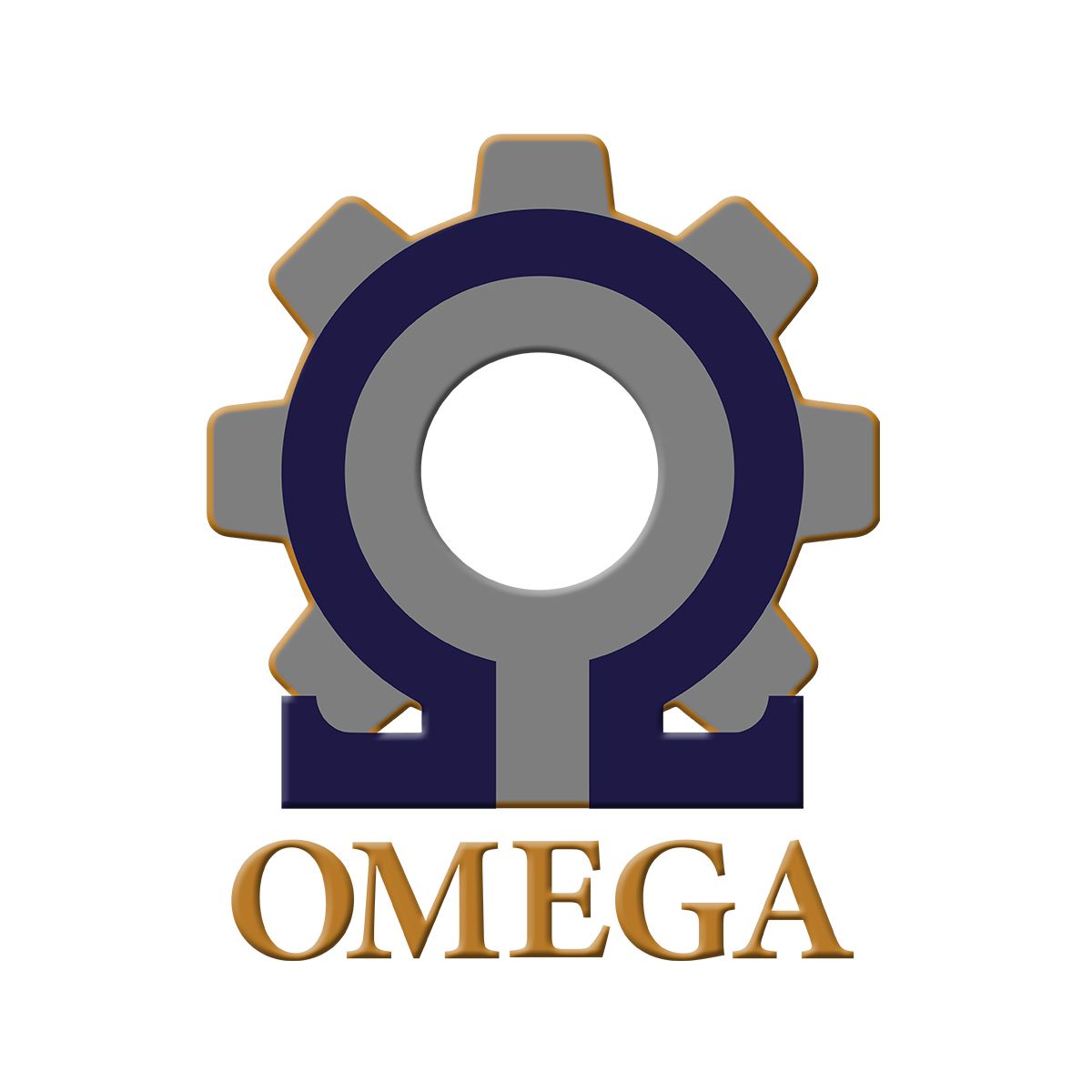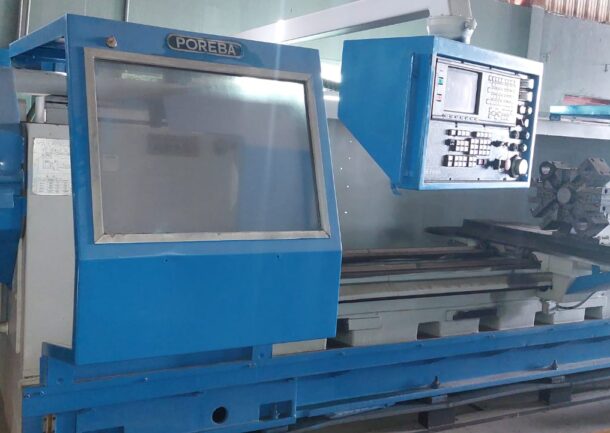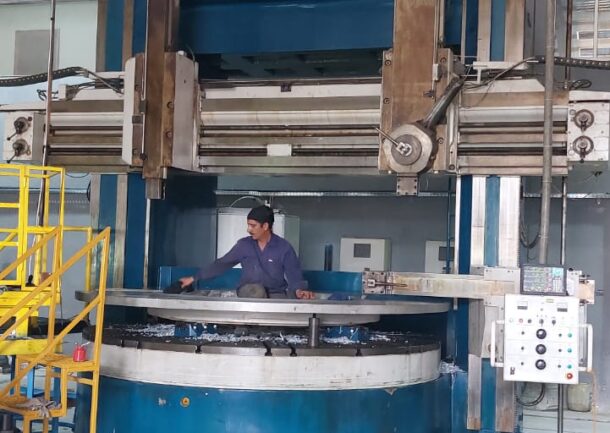HSE Policy
General Policy
- No one should attempt to operate any power equipment unless they are familiar with its operation and they have authorization to do so.
- Do not work with power machinery unless another person is in the near vicinity.
- Check the machinery thoroughly before using it, prior to starting it up. Machinery should be locked out and or unplugged before attempting maintenance or repairs.
- Always wear safety glasses or safety glasses with a face shield while using any tool.
- Never wear ties, gloves, or loose clothing when working with power tools. Roll up long sleeves. Tie back long hair.
- Use safeguards as designed on all machines. All moving drive mechanisms should be enclosed.
- Pay attention to the work. Do not talk to other people while operating the machinery and do not fool around with the equipment.
- Keep your fingers clear of all cutting tools or moving devices.
- Stop the machine immediately if some odd noise or vibration develops. Investigate the source of the problem and do not operate the equipment until the trouble has been corrected.
- Never use your bare hands to remove chips, shavings, or other material from your work. Use a brush or push stick.
- Clean oil and grease from around the work area.
- Put all oily waste in a closed container, away from flammables. Empty this container at the end of each day.
- Report all accidents immediately to your instructor or supervisor. Get prompt medical treatment (Health Nurse or First Aid) for any injuries.
- Quality Control System
- 100% Satisfaction Guarantee
- Highly Professional Staff
- Accurate Testing Processes
- Unrivalled workmanship
- Professional and Qualified
- Environmental Sensitivity
- Personalised solutions
Milling Machines
- Always safety glasses or goggles with side shields. If it is necessary to wear a face shield, safety glasses or goggles must be worn underneath.
- Persons using the milling machine must have instruction and understand the safe operation of the equipment. Students must be supervised at all times.
- Always unlock or unplug machine before making any adjustments.
- Draw the job back to a safe distance prior to making any adjustments.
- Do not use a vise or jig that prevents close adjustment of the guard. Never leave the cutter exposed after the job has been removed.
- Do not leave hand tools on the worktable.
- Always securely clamp the work prior to milling.
- Never reach around the cutter to remove debris when the machine is in motion.
- Always use a brush to remove cuttings, never sweep them away with your hand.
- Do not adjust the flow of the coolant while the machine is running.
- Work should only be measured or calipered when the machine is not running.
- Do not use a rag to clean excess oil off the table while the machine is running. Wait until the machine has come to a full stop.
- Do not wear gloves, rings, ties loose hair or jewelry that may get caught in the power clamps.
- Ensure that cutters are correctly dressed and stored.
- Never remove a nut from the machine’s arbor by applying power to the machine.
- Take care not to strike the cutter with a hand or arm while setting up or adjusting a stopped machine.
- Be conscious of the distances between the arbor and other parts.
- Never clean the machine while it is in motion.
Lathe Machines
- Safety glasses or goggles must be worn. A face shield and/or dust mask is also required if the operation is dusty.
- A person using the lathe must have prior instruction. Students must be supervised.
- Operators should carefully inspect all parts of a lathe for defects before starting a job.
- Clamp your work firmly. Use the correct type and size of chuck for the job.
- Persons using the lathe must check that the stock does not have any checks, splits, cracks or knots. The stock must be constantly checked to ensure that it will not break during lathing.
- The clearance between the workplace and the tool rest should be about 1/8 inch (3mm). Hold turning chisels firmly in place in the tool rest.
- After adjusting the chuck, remove the chuck wrench immediately.
- Be sure all guards are in place around the rotating heads of the lathe before attempting to operate the machine.
- Use sharp tools, properly adjusted for height and position.
- Turn the faceplate or chuck by hand to make sure there is no binding and the work will not strike any part of the lathe.
- Stop the machine and unplug before making any adjustments or measurements.
- If metal or plastic shavings build up on the tool, stop the lathe and remove them with pliers, never with bare hands.
- Be careful not to run the cutting tool into the chuck or dog. Make sure there will be ample clearance on the work before starting to cut.
- Files must not be used on the lathe unless they are fitted with handles. The use of hand-held strips of abrasive cloth to polish the work is prohibited.
- Always feed the stock into the rotation of the cutter.
Meeting The Quality Standards
Providing Innovative and Sustainable Solutions
With a diversified portfolio and a history of optimum solutions, OMSC has been recognized as one of the Kingdom’s leading Industrial maintenance machine shop and structural fabrication company by various leading industries. We have been building relationships and projects that lasts. Serving an impressive list of long-term clients with experience and expertise in multiple industries.








